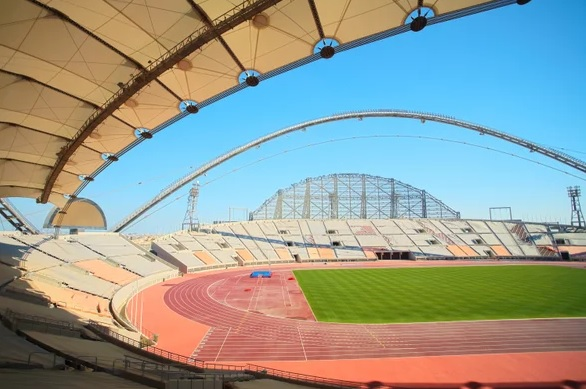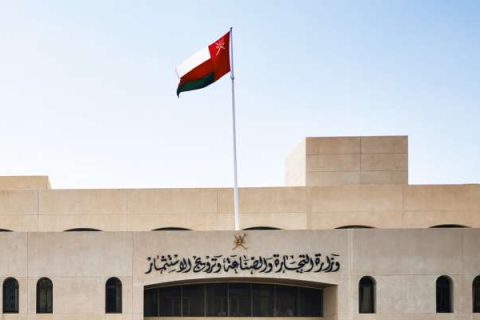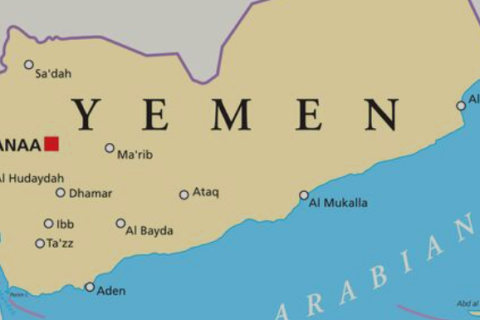Scientific American
“Whenever you are asked if you can do a job, tell ’em, ‘Certainly I can!’ Then get busy and find out how to do it.” Theodore Roosevelt’s can-do spirit, expressed in these words, is being emulated across Qatar as it prepares for the 2022 FIFA World Cup.
The 2022 World Cup in Qatar is inspiring innovation across the nation, including the construction of Lusail Stadium, one of the most water and energy efficient buildings anywhere. Credit: Sean Nel
When Qatar was named host of the world’s premier sporting event, it signed up to a series of ambitious pledges that the tournament would be the most sustainable, and the most-connected, in history. Making those promises a reality has proven a significant spur for innovation that look not only to make the tournament a better experience for fans, with low-environmental impact, but to benefit people in Qatar and beyond for years to come.
In 2009, the Gulf Organization for Research and Development (GORD), based at the Qatar Science and Technology Park, developed the green building Global Sustainability Assessment System (GSAS) standards that guided the design and build process for the eight FIFA stadiums. Adopted by the organizing committee and approved by FIFA after review by an independent expert panel, the GSAS standards have been effective in guiding stadium construction. The stadiums will achieve energy savings of 45% compared to those designed to meet standards set by the American Society of Heating, Refrigerating and Air-Conditioning Engineers, and they will use 44% less water compared to ones designed to International Plumbing Code standards.
The plans have won over some skeptics. “Purely in environmental terms,” a Guardian online columnist wrote in September, “the blueprint of the first such showpiece staged in the Middle East not only looks miles ahead of the curve, but a decent template for major 21st-century high-density sporting events.”
Fans arriving in 2022 will be kept comfortable through varied innovative solutions. The Qatar Mobility Innovations Center (QMIC) has used its Internet-of-Things platform to connect a series of sensors around Qatar’s capital city that will make it easier for fans to plan the best route using real-time information about traffic, taxis, the new metro system and even venue entrances and exits. Visitors will be able to download a custom smartphone app made by QMIC, also based at the Qatar Science and Technology Park, that will use this real-time information to make their journey to stadiums easier. The system was tested in May 2019 when fans travelling to the Amir Cup Final football match at the Zaha Hadid-designed Al Janoub Stadium were able to use an earlier version of the application, whether travelling by car or by metro.
Connectivity innovations under development extend to wearable electronics. Amine Bermak, a professor at Hamad Bin Khalifa University at the Qatar Foundation, is printing low-power sensors directly on fabric. The ultra-low-power sensors will measure heartbeat, respiration and hydration in a snug-fitting shirt. Using an approach that connects each shirt via Bluetooth to others around it and ultimately to a base station, it enables monitoring of the wear’s vital signs. Currently in a pilot phase with wearables worn by construction workers and the cost of the low-power sensor driven below $20 per unit, Bermak envisions applications where the vital-signs data are used in real time for a variety of scenarios from athletes to the frail and elderly.
Qatar is making the most of its opportunity to innovate prompted by the World Cup. The legacy of this culture of invention promises to endure long after the last fan has left the final match in Lusail Stadium.
To access the original article click here.









